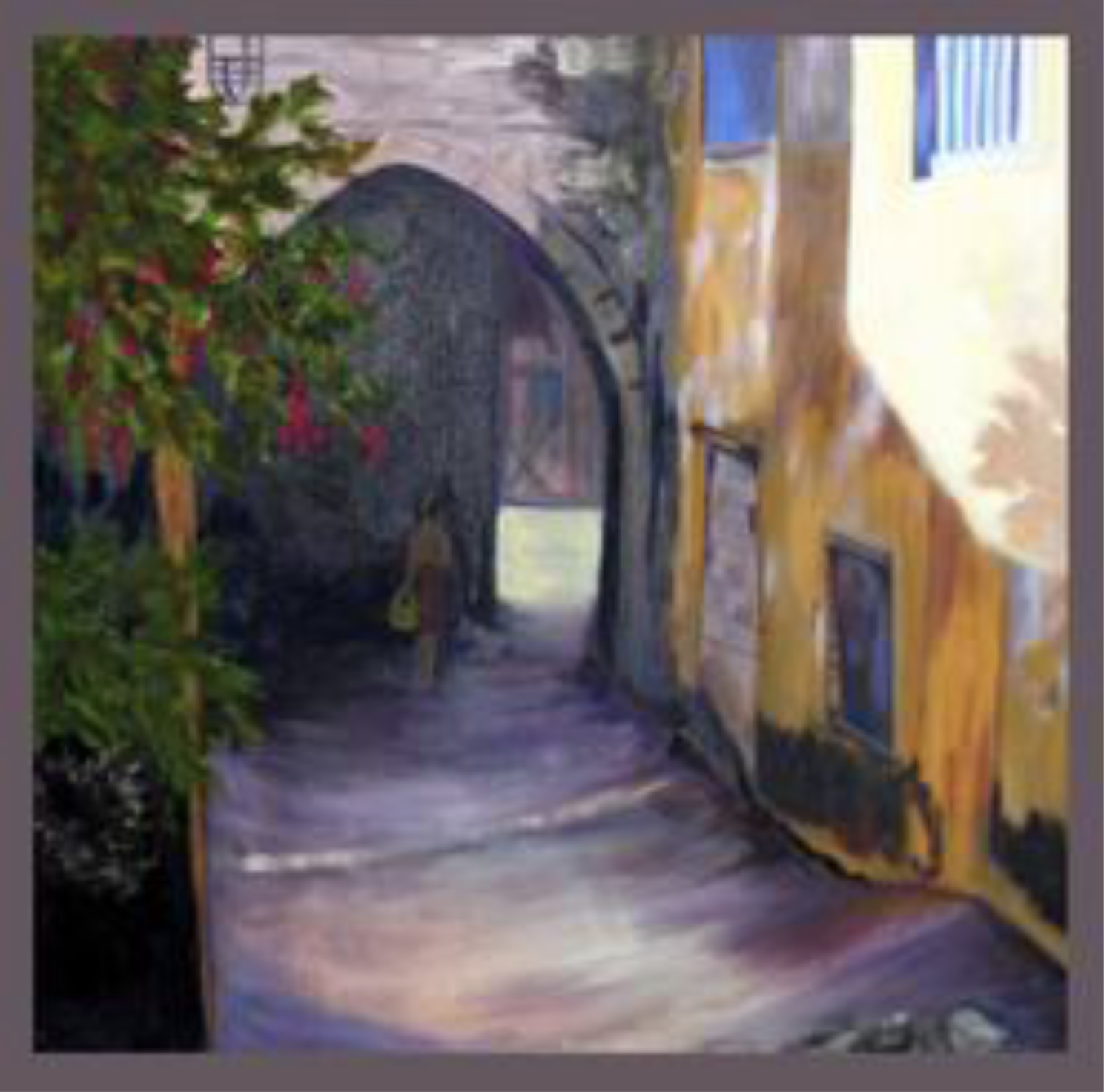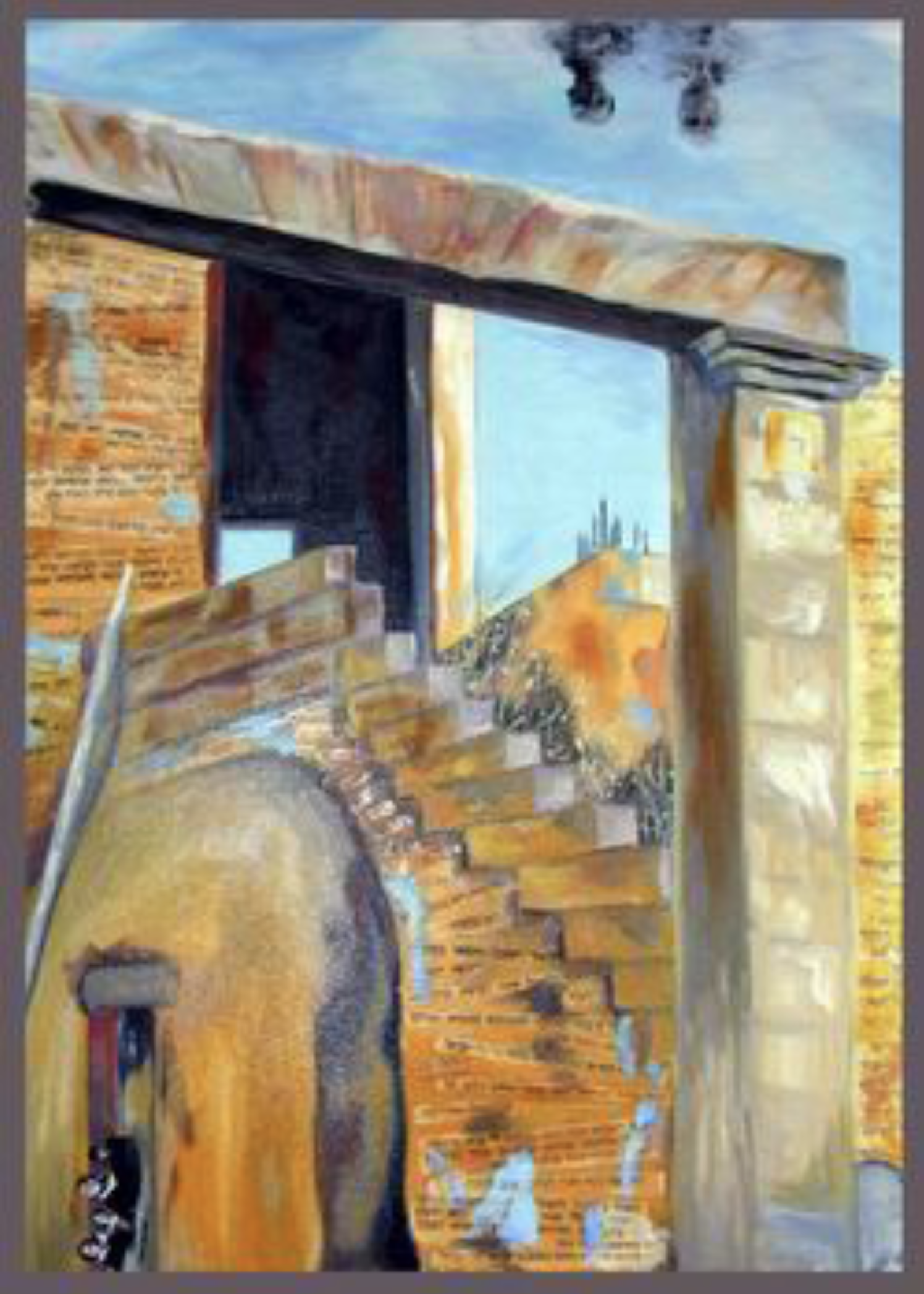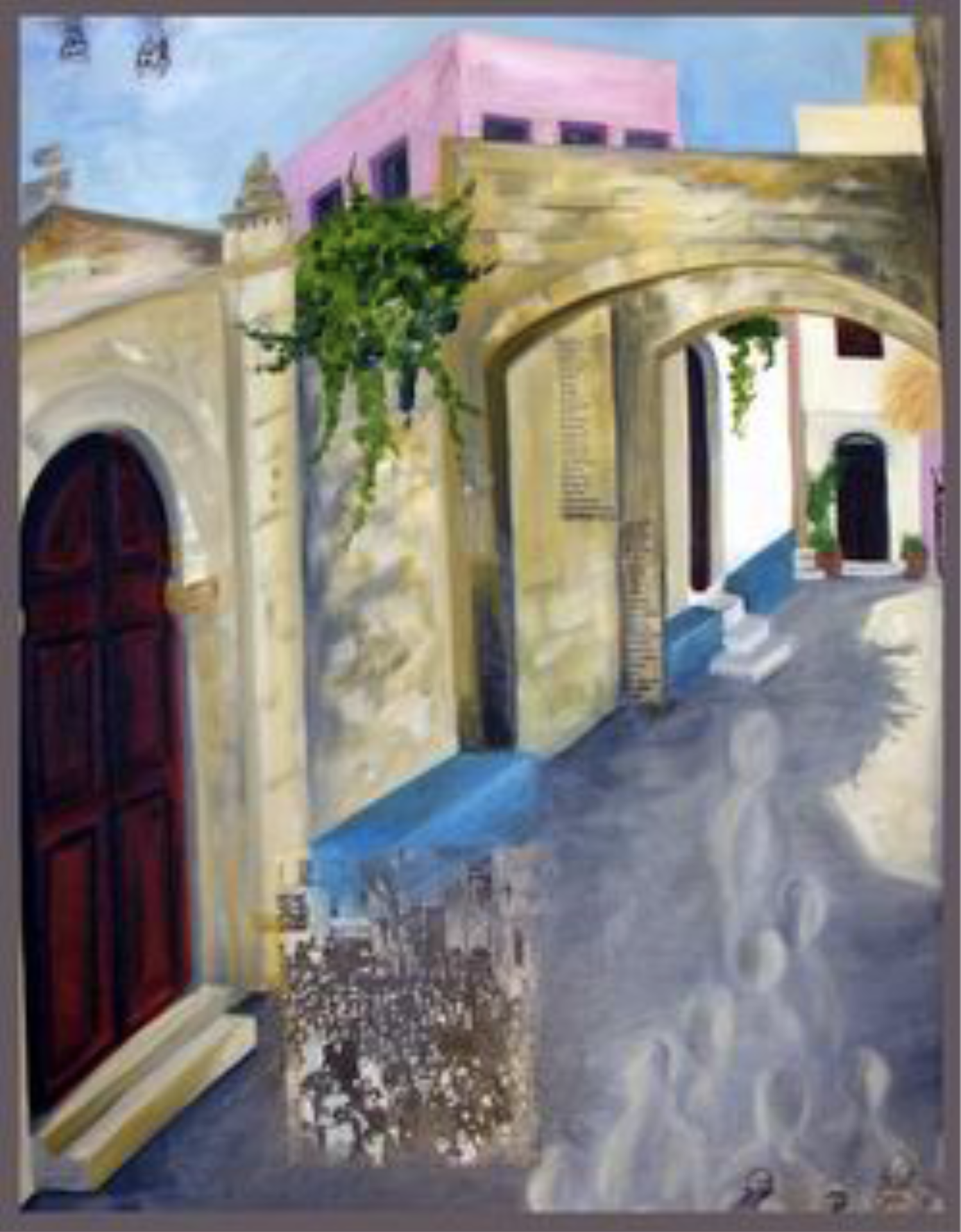The Holocaust
Rhodes Island – Greece
(Historical text taken from the United States Holocaust Museum Website)
For 2,300 years, Jews have lived on the island of Rhodes at the southern tip of the Aegean Sea. The community became Sephardic in the sixteenth century, and was among the most renowned Sephardic communities in the world. The synagogue in Rhodes, Kahal Shalom, was built in 1575 and is the oldest functioning synagogue in Greece.
Rhodes was part of Italy during World War II, having been ceded to the Italians after World War I. As with other areas under Italian occupation, the Jews of Rhodes remained relatively safe until the Germans occupied the island in September 1943.
In 1944 there were close to 2,000 Jews living on the island, 50 of whom, as Turkish citizens, fell under the protection of the Turkish consulate. The rest were deported on July 20, 1944.
The timing of the deportation is especially painful since, less than three months later, the Germans were forced to leave Greece. Deportations from Rhodes were the last conducted by the Germans in Greece.


On July 20, 1944, the Jews of Rhodes and the neighboring island of Kos were sent by boat to the Greek mainland. Crammed together in the hot summer sun, without food or water, 23 Jews died on the voyage to the mainland. Those who survived were incarcerated in the SS-operated transit camp Hadary and then deported by train to Auschwitz-Birkenau. Only 151 Jews from Rhodes survived the Holocaust.
Of the 1700 Jews who were deported on that day, Mose and Rachele Alhadeff, were among them. They were my grandparents, my mother’s parents, and they, together with 5 of their 11 children were murdered in Auschwitz. This was my mother’s family.
My father’s brother Mose and his wife Yochevet Soriano, and their 3 children were also among the victims.
Growing up in the Congo, the absence of grandparents was palpable. I longed to know the origins of my family. But it was not until my mother took me at the age of 11, to visit what remained of Rhodes, did I really understand what had happened on that beautiful island.
Walking through the many old, but charming little streets of the Jewish quarter was a surreal but life changing experience. Here we were walking through the alleys, climbing the steps to my mother’s family home, visiting the ancient remaining synagogue. We walked in the footsteps of what once was a vibrant, and ancient community. I saw Rhodes through the eyes of my mother, feeling her sorrow and her pain.
And since then, I have often travelled to Rhodes, revisiting the phantoms of that devastated community, thinking, imagining and feeling their presence. Rhodes has left an indelible presence in my heart.
“Phantoms of Memory” was born, an expression of sorrow for this lost community, the grandparents and family that I never knew, expressed through the language of art and poetry.
It was quite a few years later that I met Julie, who was equally affected by her parents’ story during the Holocaust, and who also had created a body of work to express that experience.
And so we created “The Color of Memory”, a personal memorial to our families, a mere fraction of the 6 million Jews that were exterminated.

